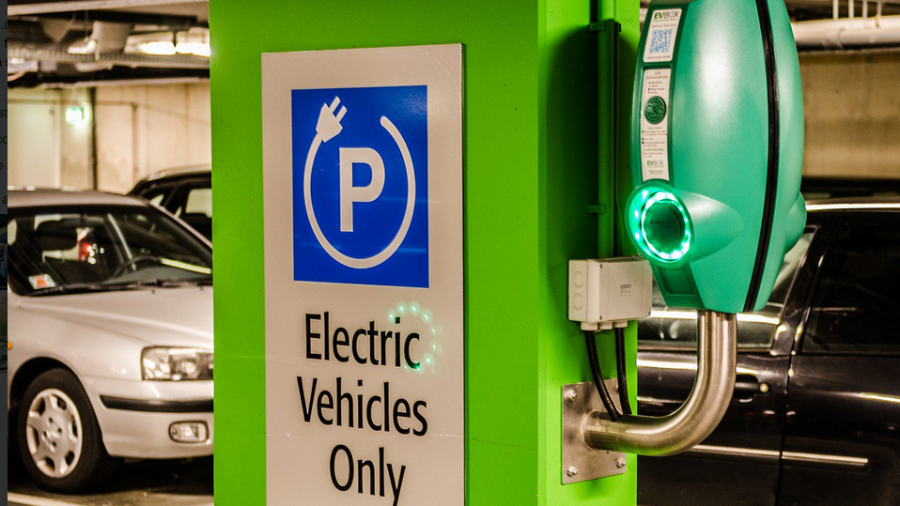We remember when governments claimed diesel engines were “green” because they used less fuel and emitted less CO2. How times have changed. Now electric vehicles are “green” and diesels have fallen from grace. Even so, buyers may not be convinced that EVs are quite as green as they first appear.
Green
There’s no argument about EV tailpipe emissions – they are precisely zero. You can’t hear or smell an EV coming. They are surprisingly quiet, with no nasty toxins, like nitrogen oxide or carbon monoxide, coming out the back.
Unlike Australia, Norway is a special case where hydroelectric energy almost entirely powers the grid. An EV there generates nearly 60% less CO2 over a lifetime than the most efficient petrol engine. But this impressive statistic relies on having a “clean” source of power.
Meanwhile, there are some problems with EVs suggesting they could be more “black” than “green”. Rather than focus on emissions from driving along, we need to look at the lifetime effect of manufacturing EVs.
Black
The environmental cost of manufacturing EVs could be 15% higher than petrol cars because of the battery. Most manufacturers are making lithium-ion batteries in countries with heavily polluting grids, like Germany or Poland. Australia also has a lithium industry and our grid is still coal-based.
Building a battery for an electric SUV emits 74% more CO2 than producing a conventional SUV.
It is better to drive a Prius, because its emissions of 80g of CO2 per kilometre are 40% less than an EV using power from the NSW grid. In general, an EV charged in Australia emits 136g of CO2 per kilometre – the same as from a 2-litre Mazda 3.
With our grid primarily based on coal, there is much less environmental benefit in driving an EV. So introducing renewables is a must, if electric vehicles are going to get any environmental traction at all.
Green or black future?
For the first time ever, sales of electric vehicles in the world hit 2 million during 2018, twice as many as in 2017. Plug-in EVs have an incredible market share of 60% in Norway, far ahead of any other country. But in NSW, we had registered only 1,416 EVs and 28,960 hybrids by the end of 2017, compared to 1.19 million new conventional cars in Australia.
There is also a difference between the type of electric vehicle and its green credentials. For example, a plug-in hybrid mostly uses internal combustion but can charge its battery from the mains. A fully electric vehicle has no combustion engine.
We wonder whether the real problem is lack of charging points in Australia – many people claim this is so – or whether people can’t afford them. The average EV costs over $60,000 and we still forget its low running cost of 30 cents compared to $1.23 per litre of fuel. Even so, Deloitte claims the cost of buying and running an EV will match a fuelled vehicle in 2021-2024. Not too long to wait.
Perhaps we just don’t like them because they are quiet and clean. They don’t sound or smell like a car should. At this time, they might just be a chance for wealthier people to show how environmentally aware they are. Once the rest of us can afford them, the early adopters will move on to autonomous electrics.
Green slips cost the same, whether you drive a fuelled vehicle or an EV.


your opinion matters: